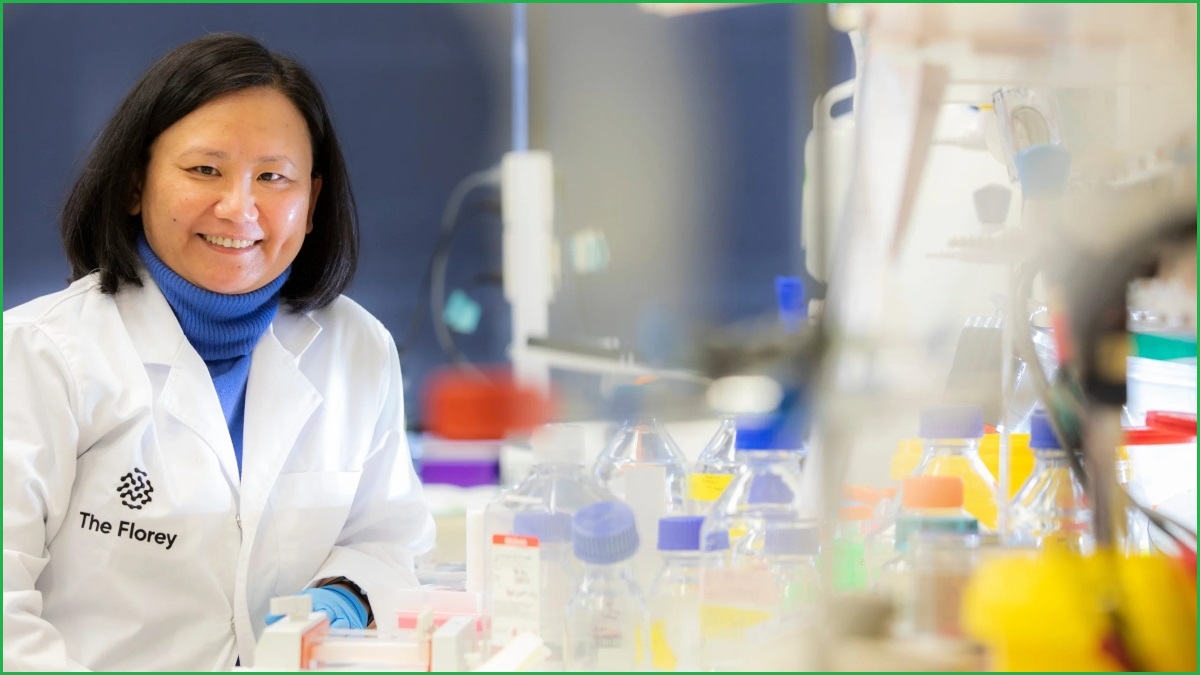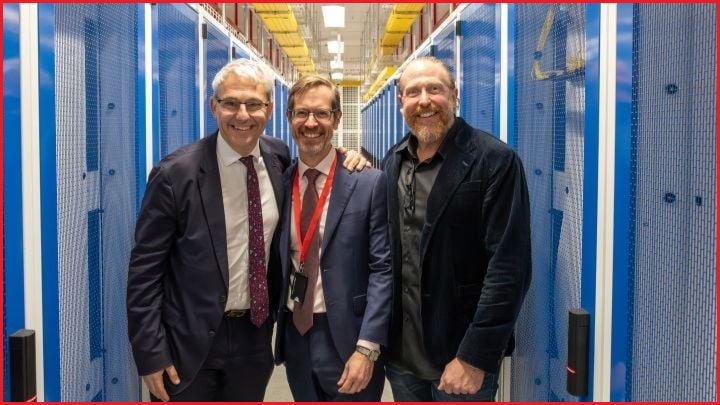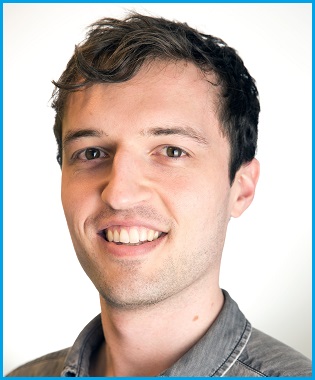Australian research institutions are looking to AI supercomputers to supercharge their work, with Melbourne’s La Trobe University switching on new infrastructure powered by Nvidia chips and Monash University pledging to build an AI supercomputer which runs on renewable energy.
La Trobe announced on Monday it had switched on an AI supercomputer focussed on medical and biotech research, powered by three Nvidia DGX H200 graphics processing units (GPUs) and located inside a NextDC data centre in the Melbourne suburb of Tullamarine.
The supercomputer will be utilised by La Trobe’s Australian Centre for Artificial Intelligence in Medical Innovation (ACAMI), which specialises in using AI to develop cancer vaccines, immunotherapies, and medical technologies.
ACAMI and its new infrastructure have been backed by a $10 million investment from the Victorian government.
Meanwhile, Melbourne’s Monash University said it would invest $60 million to build an "advanced AI supercomputer".
Work on the project, announced on Sunday as the Monash Advanced Environment for Research and Intelligent Computing (MAVERIC), is expected to begin this year with “core hardware” coming online in early 2026.
The supercomputer would allow Australian researchers to “perform large computational projects that currently lie beyond their reach” and would improve the nation’s high-performance computing infrastructure, the university said.
Details of the Monash University supercomputer’s hardware have not yet been released.
‘The missing link’
Monash University vice-chancellor and president, Professor Sharon Pickering, said the university had “large-scale data and pre-identified massive research questions ready to be solved” using AI, across industries such as health, medicine, engineering, science, and climate research.
“Until now, the missing link has been the necessary compute infrastructure to fully maximise this opportunity,” she said.
The Australian Academy of Science has also previously criticised what it argued was a lack of government investment in supercomputing in Australia.
“Investment in world-leading AI is a crucial step in supercharging our sovereign research capabilities to ensure Australia is well-equipped to foster innovation and discovery geared towards tackling some of the major challenges of our time,” Pickering added.
All data processed and stored by MAVERIC would remain in Australia, Monash University said, “giving the university control over sensitive research data and protecting the privacy of all involved”.
Completing complex tasks in hours, not days
At La Trobe, ACAMI director and chief scientist Professor Wei Xiang said AI supercomputers had the potential to accelerate medical breakthroughs and speed up trials of new treatments.
“With AI, we can develop precision medicine that addresses the unique characteristics of each patient, significantly improving treatment,” he said.
La Trobe said it was partnering with The Florey Institute of Neuroscience and Mental Health, which was researching a type of childhood dementia known as Niemann-Pick disease type C.

Dr Ya Hui Hung from The Florey Institute of Neuroscience and Mental Health says the La Trobe AI supercomputer will speed up research. Image: Supplied
The institute’s Dr Ya Hui Hung said the La Trobe AI supercomputer would complete in just hours what used to take days.
“This will dramatically reduce the time it takes to develop life-changing treatment for 700,000 people worldwide living with childhood dementia,” Hung said.
“It could also provide insights into other forms of dementia, which affect over 400,000 Australians and is projected to double by 2058.”
While more AI-centric supercomputers are being built, the technology has also been added to some existing supercomputers such as Australia’s newest defence supercomputer and Perth's Setonix supercomputer.










